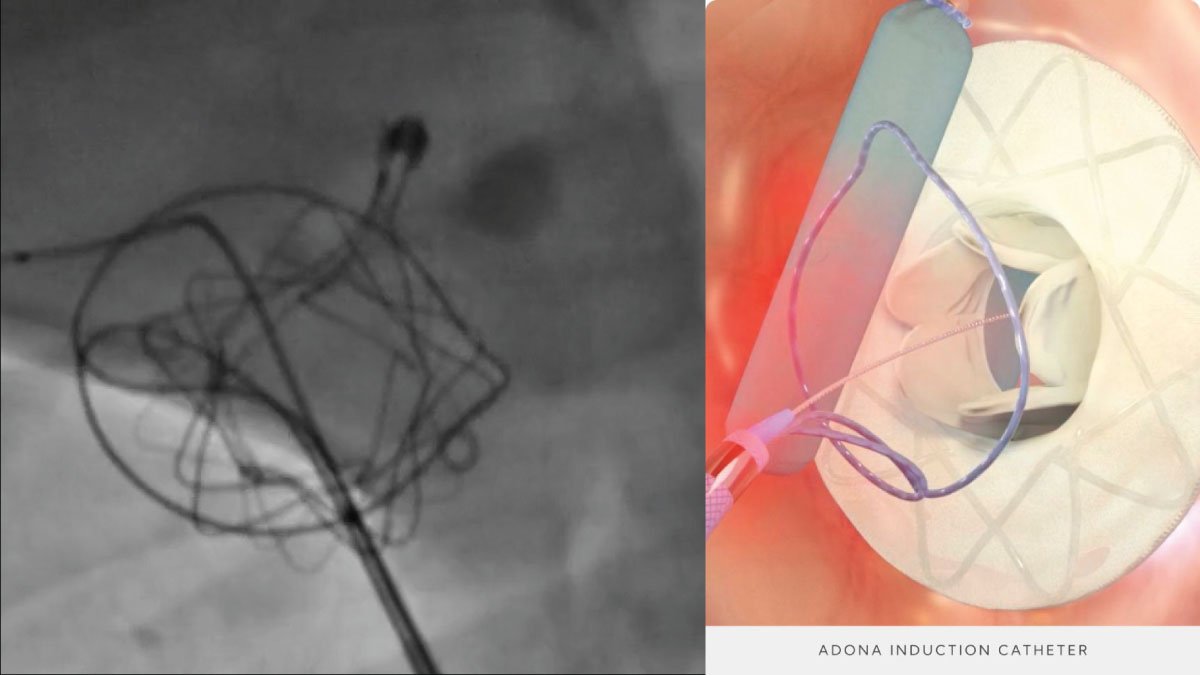Swiss Startup Creates World’s First Living Computer with Mini-Brains Using 16 Human brains

A Swiss startup has reached a milestone by connecting 16 mini-human brains to develop the world’s first low-power Living computer with mini-brains. This innovative technology represents a revolution in computing.
Innovations in Biotechnology
In a major breakthrough for biotechnology, a Swiss startup has created a biocomputer that uses 16 tiny human brains, called brain organoids. By combining these organoids, the team has developed a living computer that operates with minimal effort compared to traditional silicon-based systems.
The mini-brains used in this Living computer are grown from human stem cells and mimic important features of human brain function. The way the startup works is to connect these brain organoids through a complex network that allows them to work together as a connected computer system. This system uses the natural processing capabilities of brain cells to perform computational tasks with unprecedented efficiency.
Advantages and Possible Applications of Living Computer with Mini-Brains
The main advantage of biocomputers is the low energy consumption. Unlike conventional digital processors that require a lot of power, this Living computer with mini-brains uses a fraction of the energy, meeting the growing need for sustainable technology solutions. This will be of great benefit for future data processing, making it more environmentally friendly and cost-effective.
In addition to being powerful, biocomputers offer potential applications in many areas. For example, it can be used in advanced artificial intelligence systems, where the ability to process complex patterns and adapt to new information can enhance machine learning transformations. In medical devices, this technology can be used to develop smart diagnostic tools that better simulate human cognitive processes. In addition, biocomputing can play a role in neural prosthetics, creating connections that connect to the human nervous system.
Future Trends and Opportunities in Mini-brains
As this computing technology develops, it may pave the way for new advances in computing and biotechnology. Future developments include increasing the system to connect brain organoids, increasing computational power and complexity. In addition, researchers may explore ways to integrate these biocomputers with existing digital technologies, potentially creating hybrid systems that combine the capabilities of biocomputers and computer-aided -silicon.
Ethical considerations are also important in the development of this technology. It is important to ensure the responsible use of human tissue and to address privacy issues related to biological data. Continued research must balance innovation and ethical practices to maximize the benefits of this new technology.
Conclusion
Creating the world’s first living computer using 16 mini-human brains was a turning point in biotechnology. This Swiss startup has set a new paradigm for future technology by achieving low-power computing and bio-based systems. As research continues, we can expect more advances that will redefine our approach to computing and open up new opportunities in various fields.




















